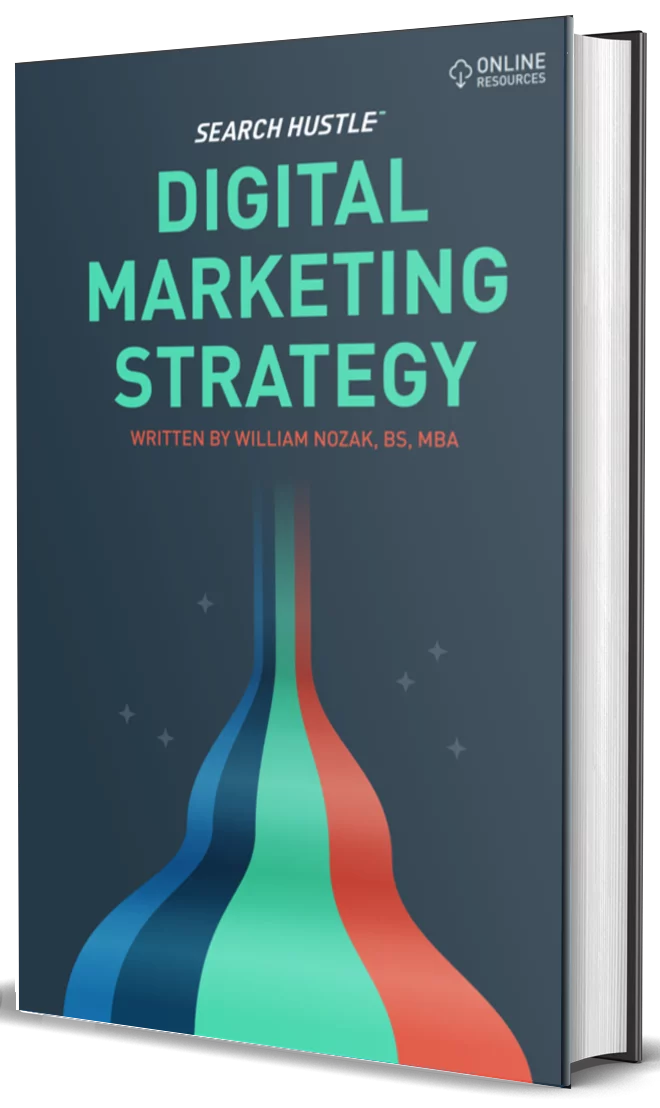Optimize Your Content for SEO
Learn all about how to optimize content for SEO with Search Hustle.
Search engine optimization (SEO) is an ever-evolving field. But through all of the continual changes, one thing remains constant: the importance of high-quality content.
According to Google, content is one of the top three ranking factors it looks at to decide a site’s position in the search engine results pages (SERPs). That shouldn’t come as a surprise to anyone, either. After all, content and SEO compliment each other like salt and pepper. People use search engines to look for answers to their questions and search engines then show the most relevant content to that specific query.
High-quality content is the foundation for SEO success.
What Is SEO Content?
First, let’s break down the phrase “SEO content” and define each separate term.
SEO is the process of optimizing a website and its content so that it ranks higher in the search engine results pages. Oftentimes, SEO efforts revolve around targeting a specific search term.
Content is any information published online with the intention of a search engine indexing it. So, content can be a blog post, website copy, videos, images, etc.
Now, let’s look at the whole. SEO content is content created with the explicit purpose of ranking high in the SERPs so as to bring in more organic traffic to the website.
What Factors Affect SEO Content?
Before you can begin to optimize content for SEO, you must first understand what factors play a hand in ranking. Once you have a firm grasp on these factors, any optimizations made will stand a better chance of impacting the ranking to score higher.
Dwell Time
While Google considers dwell time an indirect ranking factor, it’s no less important. Dwell time is how long a user remains on a page on the website.
Dwell time starts the moment a user clicks on the site from the SERP, to the moment that user leaves the page. This metric informs search engines how valuable a user finds the content. Look at this way. The longer a user stays on a page, perusing the content, the more helpful the user must find the content.
The reason why search engines like Google consider dwell time as an indirect metric is because it can be subjective. Every site uses a different content strategy. A site that uses short-form content consisting of 500-word or less blog posts will obviously have a shorter dwell time than a site that focuses on 2,000-word blog posts.
In short, don’t alter all of your content to improve this metric if it doesn’t mesh with your content strategy.
Page Speed
Around 40% of people will abandon a shopping cart if it takes longer than three seconds to load. For each second of delay in page loading, you could lose up to 7% of your conversions.
There are a variety of elements that impact page speed:
- Large image files
- Redundant coding
- Overuse of plugins
- Bad plugin configurations
- Shared servers
Mobile Responsiveness
As of July 2019, Google switched to mobile-first indexing.
This means Google indexes and ranks content from the mobile version of the site. As such, your website needs to be mobile-friendly. Remember that eliminating imagery and content from the mobile version can reduce SERP positioning.
Google defines several best practices to follow to ensure a site is mobile-friendly:
- Ensure Googlebot can access and render content.
- Content should be the same on desktop and mobile.
- Check structured data and ensure it’s the same on mobile and desktop.
- Include the same metadata on both versions of the site.
- Check the placement of ads.
- Use best practices for visual content.
Index Date
Indexing is when a search engine finds content and adds it to its index. One of the factors that search engines use when deciding which content is most relevant and accurate is the date by which the search engine indexed the content.
To positively impact the index date, a website can implement historical optimization. By updating older blog posts with new data, bots will crawl and reindex the page. The crawlers look at the updated content and decide where the site belongs in the SERPs.
Recent Data
When searching for an answer to a solution, you don’t want outdated information cited from more than five years ago. So when writing blog posts, it’s always best to be a reputable source with the most up-to-date data.
Google considers recent data an indirect ranking factor; and wants sites to offer relevant, accurate information. Updating information on a website allows search engines to recrawl and reindex the fresh content. Beyond that, using current data will improve the user experience and, hopefully, improve our metrics.
Digital PR
From brand awareness to SEO, the benefits of digital PR are undeniable. For now, we’re going to focus solely on what it is. Short for digital public relations, this online marketing strategy is utilized to gain backlinks, social media mentions and improve SEO.
Digital PR includes things like:
- Online publicity
- Obtaining backlinks
- Customer reviews
- Responding to journalist requests (e.g., HARO)
- Affiliate marketing
- Blogging outreach – being featured in other’s blogs
- Online press releases
Essentially, it’s an evolved form of PR focused only on the online world and improving brand awareness.
How to Optimize Content for Search Engines
As previously stated, high-quality content and SEO go hand in hand. If you aren’t offering valuable content that search engines want, then the SEO ranking will be low and users won’t click on the site.
Here are tips for how to optimize content for SEO.
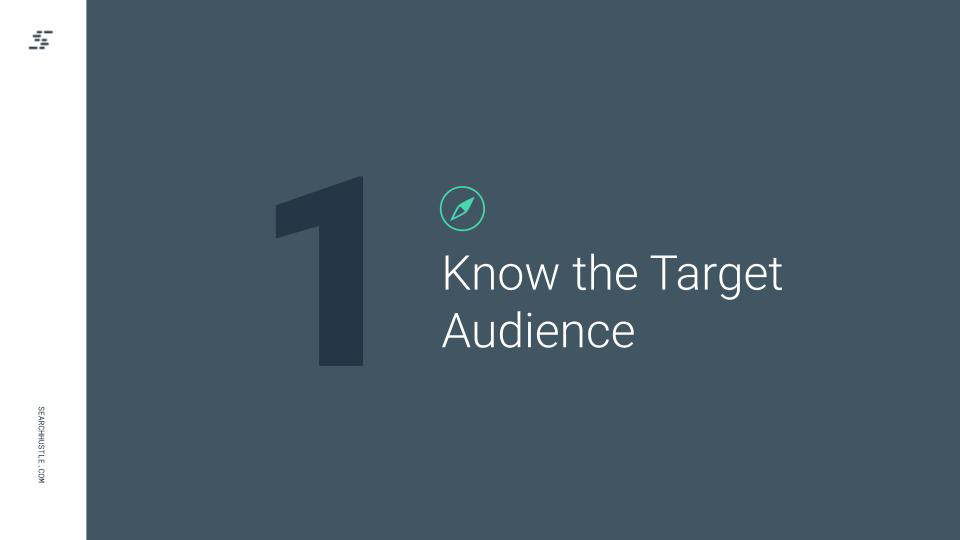
Know the Target Audience
When writing blog posts, it’s imperative to know who the primary audience is. Understanding the target audience should guide the content strategy.
Try creating buyer personas that would be interested in the products or services offered on the website. This will shape the type of content written. In turn, this will help increase how many clicks and conversions you get.
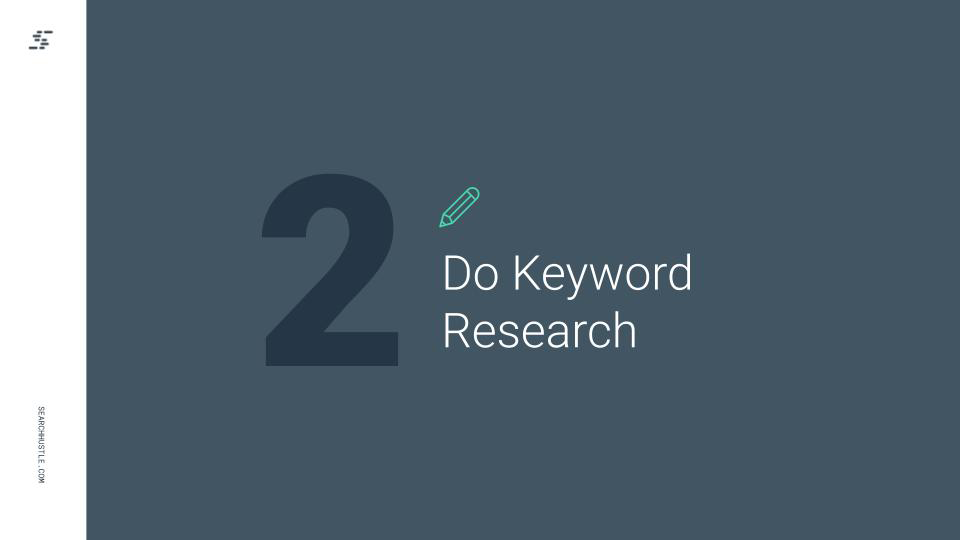
After you know the questions your target audience is asking and what type of content they’re interested in, you’ll have a better grasp on the keywords to use. Whatever you do, be sure to use keywords organically and don’t stuff them.
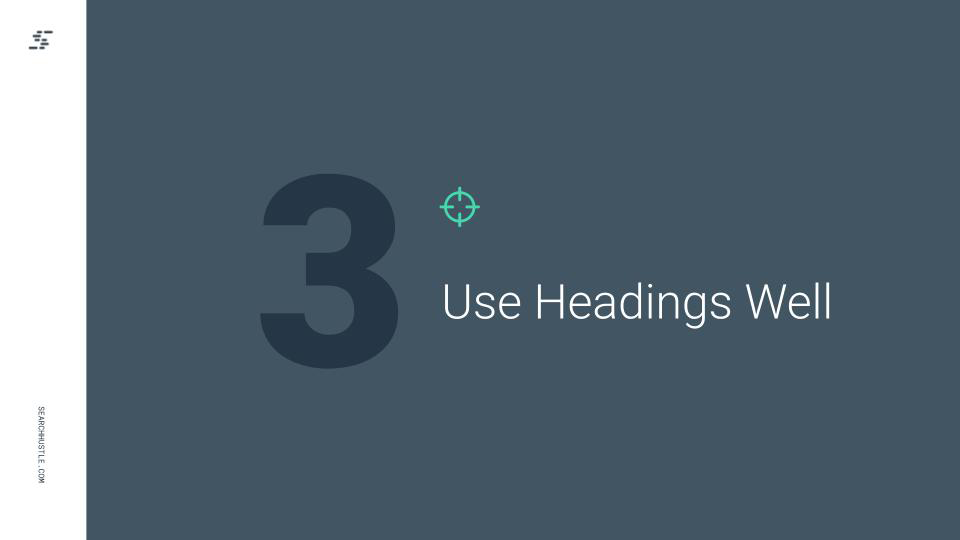
Use Headings Well
Headings organize content and add structure. The proper headings will help a user skim to the content they’re interested in. In addition to that, headings can also help search engines parse the primary topic of long-form blog posts.
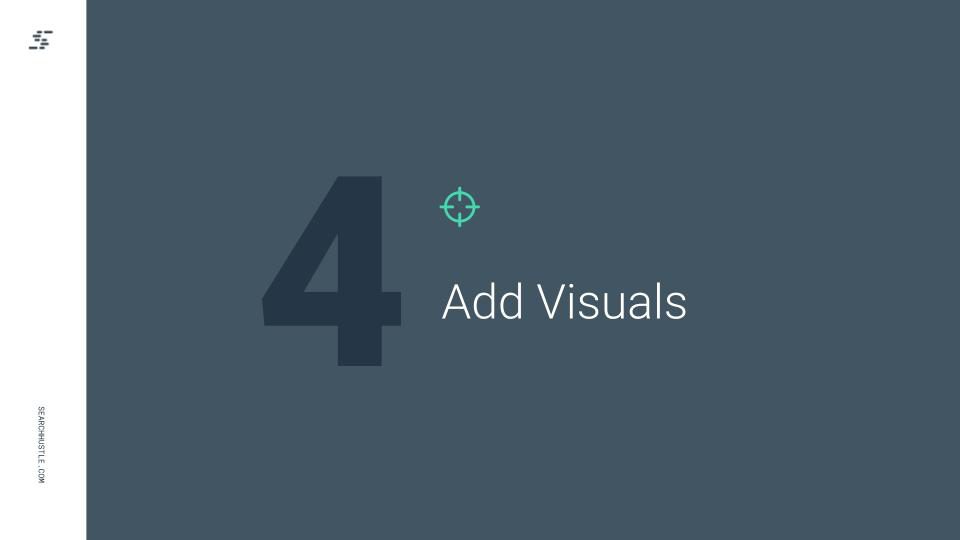
Add Visuals
There are times when search engines look for visuals, depending on the keyword. If you want to secure a spot in a video snippet or an image pack, then the content needs to include nice graphics, original images or videos, and also alt text for every visual element.
Alt text has a major impact on whether an image or video appears high in the SERP. So be sure that the alt text is short but descriptive. Alt text is also important since it’s what screen readers relay to the visually impaired.
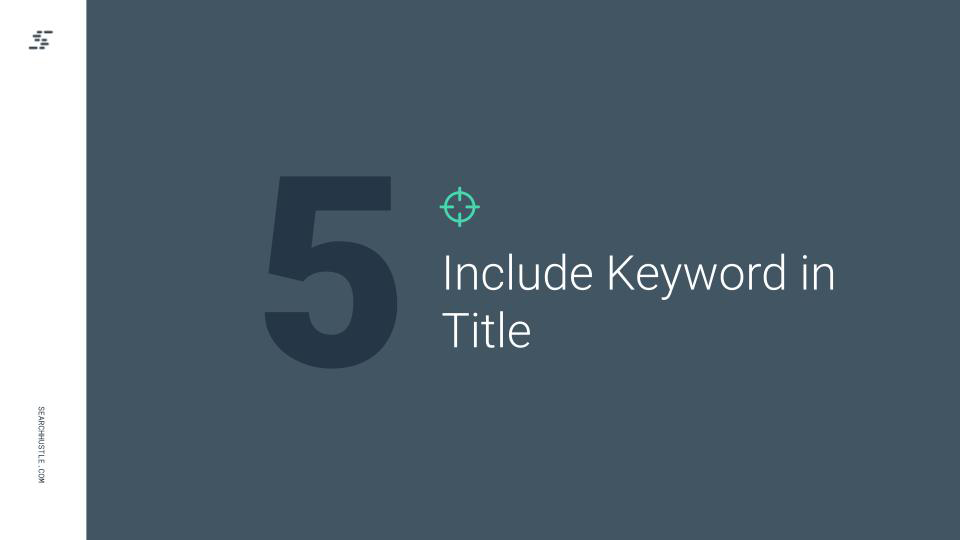
Include the Keyword in Your Titles
The title of the blog post is the first thing that a user sees. It will affect whether the user decides to click on the site link for that article or not. To make a title catchy, try to lead with data, ask a question, or pique the user’s curiosity.
However, the title should also include the keyword. This is, first and foremost, the most important aspect as it helps the article to rank higher in the SERPs.
Beyond that, a good title includes a mixture of power, emotion, uncommon, and common words. You can use Coscheduler’s Headline Analyzer to help refine the perfect title for an article.
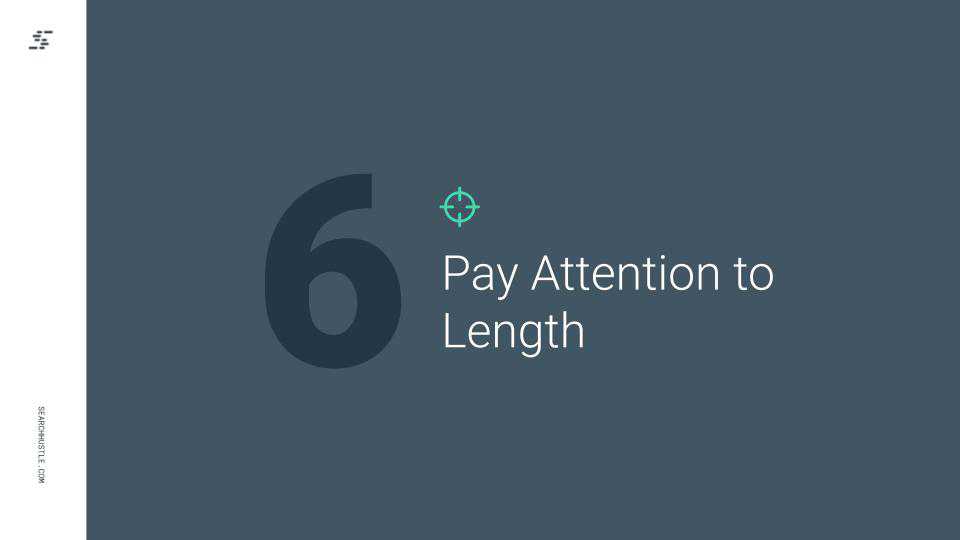
Pay Attention to Length
Nowadays, search engines like Google are looking for long-form content. According to research, the average first page result for an article contains 1,447 words. Many high-ranking articles reach upwards of 2000 words.
Think of it this way. When a user is researching an answer to a question, a blog post of 500 words or less isn’t going to be able to go very in-depth. At best, it’ll skim the surface and give a generic answer. The more in-depth an article can go, the more valuable the information will be.
Focus on Creating Content that Your Visitors Will Find Valuable
Since SEO is always changing, so too will your content strategy need to continually adapt. However, one thing that should always remain true is the value that the content offers to users. Always strive to craft content that readers will find both enjoyable and insightful. User experience is at the core of the service that search engines provide.

Ready to Take Your Search Hustle Further?


